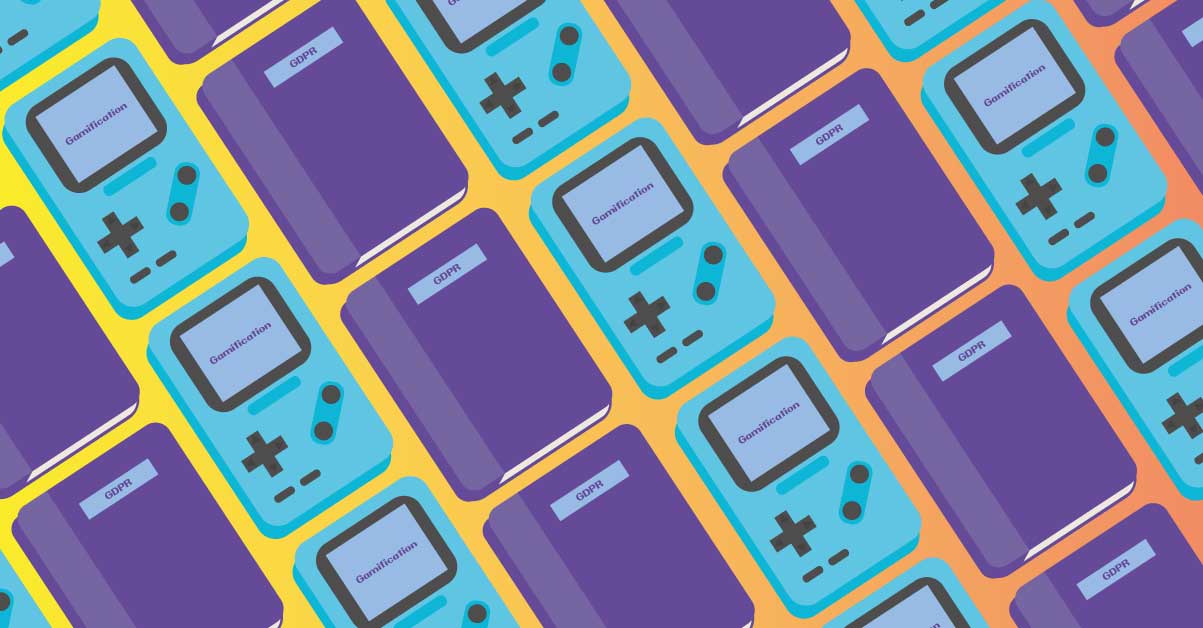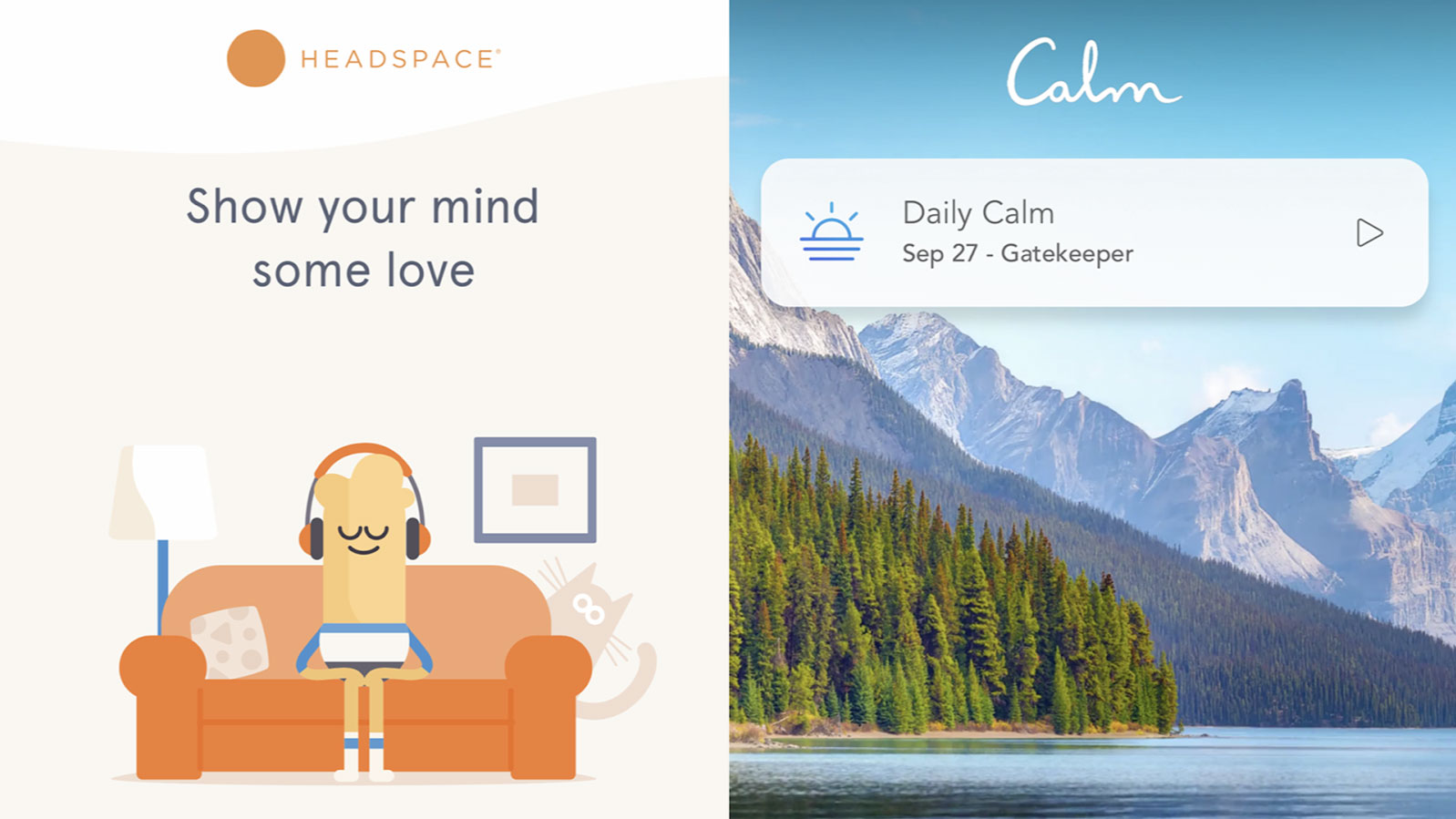
GDPR and Gamification Forge a New Relationship
Today the interconnectivity of our world has transformed the industry landscape through advanced technology. Businesses can no longer depend on traditional marketing methods to improve customer engagement and lead generation. With the boom of the internet in the last decade, many businesses were able to expand their target reach through connecting with customers online (in real-time) to meet their needs.
With the advancement of the internet, Google Analytics was later introduced, which enabled businesses to gather personal data with or without customer consent. Unfortunately, consumers were not aware that their data was being collected, and businesses didn’t foresee the magnitude of the risks they took on when they stored consumer data. This opened the doors for criminals to commit fraud to gain financial benefits because cybersecurity wasn’t as sophisticated during that time. Consequently, many customers became victims of identity theft, which forced the government to intervene, as cyber crime was impacting the economy, nonetheless the national security. In May 2018, the European Union (EU) introduced the General Data Protection Regulation (GDPR), which provided regulatory compliance of how corporations can collect and process personal data of individuals. One of GDPR’s requirements was the re-premissioning of customer data for marketing purposes.
Once GDPR was enforced, consumers felt empowered to decide whether or not to give consent to share their data. Most consumers lacked confidence towards these corporations due to the negative press on personal data and were less likely to share their information. Businesses are aware that data protection is the new currency of trust and they are under pressure to find creative solutions to regain consumer confidence. Therefore, they must demonstrate the value of how collecting personal data in a ‘regulated manner’ can help both the consumers and the organisation.
Established brands in these circumstances can leverage the relationships they have with their consumers as a stepping stone, by introducing a value exchange system such as incentives (points and rewards) to encourage customers to share their information, whilst letting them know what they are going to do with that data. This principle is called ‘gamification’ and has been applied in a range of industry strategies (i.e. credit card collecting points and airline points etc).
Before we dive into our case studies, we will explore what gamification is and how your business, startups or reputable brands can benefit from it.
What is Gamification?
Gamification is a point scoring application used to motivate customers to: solve problems, embrace challenges, set personal goals and compete against themselves or others, to provide them with a sense of control. This is achieved by brands incorporating data-driven gaming techniques within their existing business platforms (website, app or online community), as well as, rewarding customers with incentives such as points and badges to increase participant, engagement, and loyalty.
For instance, Tesco Clubcard is a loyalty system that enables returning customers to collect points on their in-store and online purchases, to receive vouchers and rewards. Further points can be obtained by customers completing Tesco surveys or purchasing fuel at ESSO petrol stations. This method boosts Tesco’s customer retention because individuals understand what they will gain in return for their participation and engagement.
5 Benefits of gamification important to your business
1. Rewarding your customers influences their behaviours and how they feel towards your brand.
2. Customers feel valued when they are rewarded for their participation, which results in a higher retention rate and increases revenue.
3. Customers will freely provide information about themselves, which can help personalise the customer journey to drive customer engagement and increase sales.
4. Satisfied customers are driven as by achievements, immersion, competition, cooperation, and fun. They will share positive reviews about a brand with their social network if they had a rewarding experience, which can create brand awareness.
5. By tapping into the $180.1 billion gaming industry, businesses can use this technology to further engage with customers and leverage a new source of revenue into their marketing strategy.
We will explore and compare two of the top wellness apps: Calm and Headspace to see how they incorporate gamification into their products to boost customer loyalty.
Case study: Calm vs Headspace

In the context of digital wellness, achieving a work and life balance has become a priority to most consumers. With the advancement of technology, it has become easier with brands to develop health-related services on smartphones and desktops. By covering popular categories like sports, nutrition, and sleep cycle analysis, they can attract individuals that are keen to improve their lives using their application.
Overview of the two companies
Calm’s mission is “to make the world happier and healthier”, and aids its users with tools for relaxing, meditating and sleeping. The app had been ranked as App of the Year (by Apple), Editors’ Choice (by Google Play) and ‘the world’s happiest app’ (by 200,000 iPhone users according to Centre for Humane Technology). With over 31 million downloads and over 225,000 5-star reviews, it has generated a revenue of over £17.7 million worldwide.
Headspace’s mission is to “improve the health and happiness of the world”. The app teaches its users about the basics of mindfulness and meditation in a playful way. In order to, help implement calmness, wellness, and balance within their everyday lifestyles. The app has over 31 million users across 190 countries and generates a revenue of approximately £56.2 million.
Calm and Headspace focus on mindfulness and meditation, challenging the stigma of mental health. The combined revenue of the two apps generates more than 90% of the top 10 apps revenue in 2017.
Their subscription strategy
Calm’s subscription fee ranges from approximately £9.96 monthly, £45.99 annually and £229.24 lifetime. The soothing sounds of nature gives users an introduction to what the app offers. Although the subscription is more expensive than its competitors such as Headspace, its users are attracted to the solutions that help them meditate, relax and sleep better.
In comparison to Calm, Headspace cost £9.99 a month or £74.99 a year but doesn’t require users to immediately purchase the app. Instead, they are provided with free meditation sessions and the option to upgrade and unlock 550 hours of extra content. This subscription method is more effective and appealing, as it draws in new customers and enables them to test out the Headspace app before they purchase it.
Analysing their gamification tactics
Progress Tracking
Both Calm and Headspace use badges called ‘run streaks’ for the completion of a session. Calm uses a shareable calendar that encourages users to advertise their performance within their social networks giving. This is a perfect technique for Calm to increase their organic reach through word of mouth. Headspace allows users to see all the packs that have been completed. This allows users to see their journey and stats as a visual reward providing them with a sense of accomplishment when customers seek to share these accomplishments, it provides free advertising for the app itself. The implementation of gamification is most successful when customers are informed of clear steps of how to enhance their performance and better oneself, this acts as a self-enforcing motivation to succeed.
Audience and design influence
Design plays a major part in gamification in leaving long-lasting first impressions. Calm provides tranquil and illustrated outdoor scenes and audio-based breathing exercises with soothing music targeted towards adults. Headspace provides quirky colour palettes, illustrations, and animations, appealing to all customers that desire to have a playful experience. Targeting the right audience stems from ensuring that you understand your customer’s behaviours, desires and needs, and how they align with your business objectives.
Personalisation
Calm offers “Sleep Stories” sessions that help ease users into a deep and natural sleep, through narration and instrumental music. Headspace offers the option of setting up ‘mindfulness moments’, these are daily messages to keep users motivated throughout the day. Both apps give customers the chance to customise the duration of each session, which gives the user a sense of control. Calm features 10-minute guided meditation sessions (called “The “Daily Calm”) centered around a specific theme or challenge. Headspace’s basic level package offers 10-30 days of guided meditation sessions, with access to animated video tutorials and motivational messages. In order for any brand to succeed amongst its competitors, it must develop niche solutions to meet audience expectations.
Community
Calm encourages individual self-care journeys by only providing users with the option to ‘refer a friend’. Headspace, on the other hand, allows users to ‘add a buddy’, targeting individuals who want to share their progression to inner peace with friends. On the homepage, users are frequently updated about the amount of‘people getting headspace’ at the same time as them, acting as a motivator on their journey towards wellness. Products that offer the option for both personal and collective experiences through their platform, ensure that the needs of all customers are met, allowing a more inclusive and lucrative strategy for a business.
Transparent Privacy Policy
Creating concise and jargon-free data protection policies will ensure that customers feel in comfortable with sharing their information. Calm and Headspace both carefully outline their privacy policies on their websites and apps. However, Headspace places greater focus on how their content is presented, which helps customers understand the information easier. For example, Headspace includes clear subheadings and well-formatted bullets point to improve legibility and adds a pop of colour in their website’s policy section to remain consistent with their vibrant brand identity.
Conclusion
Gamification will pave the way for businesses to creatively collect personal data that are compliant to GDPR, whilst helping them strengthen their customer engagement and brand loyalty. Businesses wanting to remain relevant in their competitive market, should incorporate gamification into their marketing strategy, if they want to appeal to their online consumers.
Get involved.
If you would like to incorporate gamification strategy into your online platforms to increase customer data capture, engagement, and boost your sales–we can help. Challenge us for free. Contact us: hello@outfly.io or call us @ +44 7739313439









